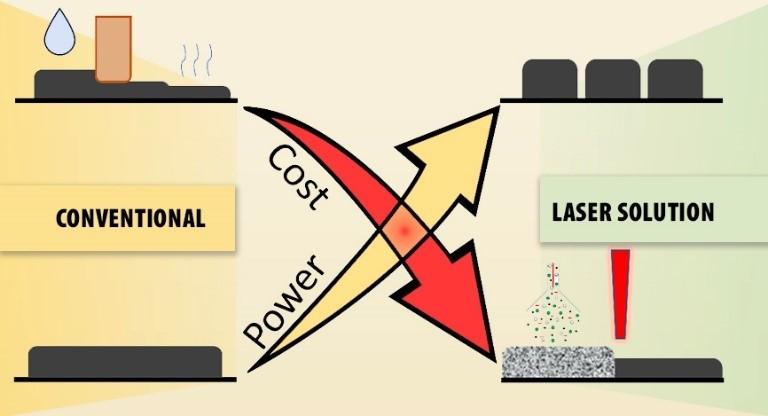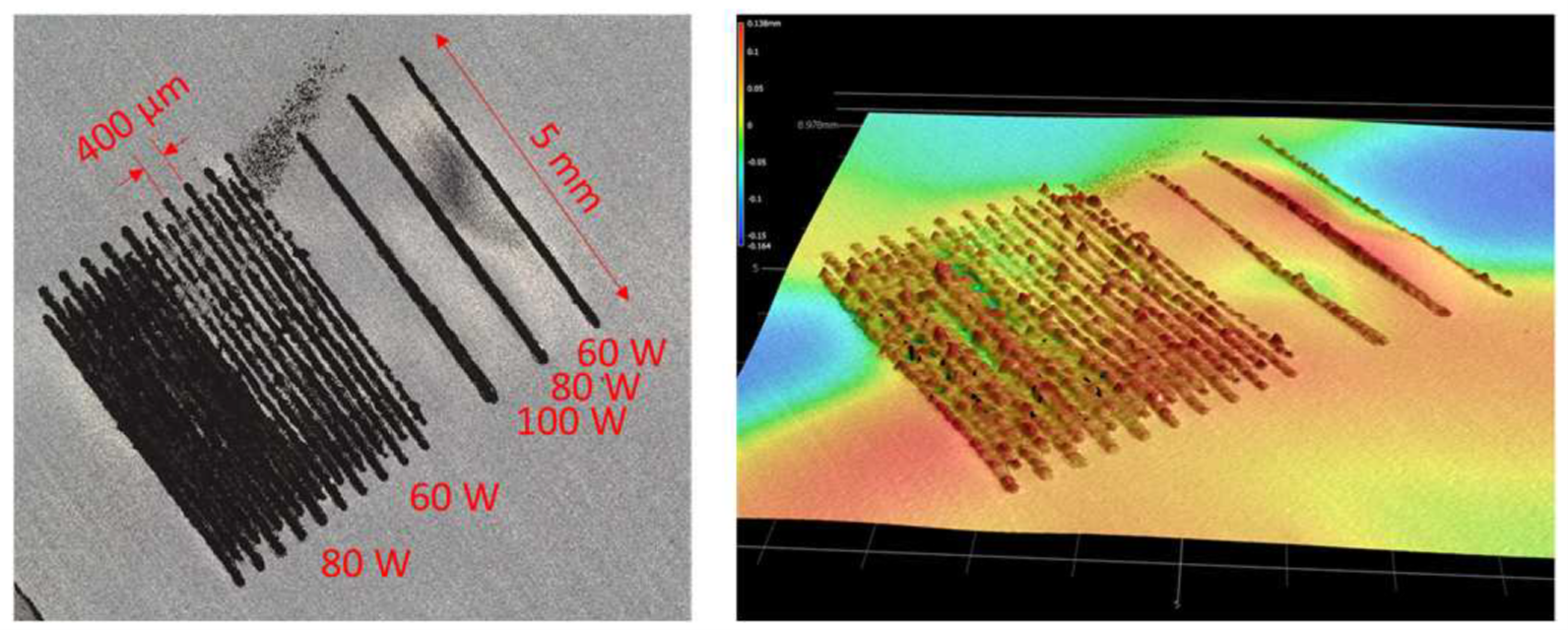Lithium-ion batteries (LIBs) are commonly used for portable electronics and electric vehicles (EVs) because of their high energy density, no memory effect on recharge, and a low self-discharge. Accelerated adoption of LIBs for EVs and grid storage requires lowering battery manufacturing costs while retaining high power and energy densities. One of the drawbacks of LIBs, however, is the electrolyte used is flammable, and presents explosion and fire risk. Hence, there was need for developing next generation solid-state batteries (SSBs) that replace the flammable liquid electrolyte with a solid-state electrolyte (SSE), which may be composed of ceramic or polymeric material. SSBs are expected to eliminate fire concerns, extend the life of batteries, speed charging, and improve capacity. It is anticipated that during the transition from traditional LIBs to SSBs there will likely be a period where both energy storage devices co-exist in the marketplace and thus both battery types will require continued improvements in electrode and electrolyte component manufacturing.
For LIBs, a significant contributor to their total cost is cell manufacturing, particularly, the electrode processing step. Solvents used during processing require long drying times and drives greater energy consumption. Moreover, many solvents such as NMP are toxic, requiring expensive recovery and safety protocols. Accelerated adoption of LIBs in electric vehicles (EVs) and grid storage requires lowering battery manufacturing costs while retaining high power and energy densities. One promising method to achieve higher power density is through structured electrode designs with fast ionic and electronic transport channels. Various technologies have been proposed, such as casting head designs, laser hole-drilling, 3D scaffolds with loaded active materials, and 3D printing. However, the use of solvent, the low integration ability, and high processing cost continue to be issues with these various processes.
For SSBs, garnet-type Li7La3Zr2O12 (LLZO) and its doped analogs are very promising SSEs because of their high ionic conductivity and large stability voltage window; processing these SSEs are critical to the performance of the SSBs. However, widespread adoption of state-of-the-art fabrication of SSEs for commercial production (e.g., furnace, spark plasma, or flash sintering, hot pressing) has been limited because these methods have complex steps, are energy and time intensive, and difficult to achieve economy of scale. Furthermore, garnet-type SSEs can be challenging to synthesize, particularly on an industrial scale due to the 1) high sintering temperature needed for their densification, which can lead to severe Li loss and 2) formation of an insulating lithium carbonate surface contaminant that hinders performance.
To address many of the aforementioned challenges of manufacturing LIBs and SSBs, LLNL researchers have developed a number of inventions that offer proposed solutions for their components:
- For LIB and SSB electrodes, LLNL researchers have developed a laser powder-bed fusion (L-PBF) approach for their manufacture that is solvent-free. Additionally, L-PBF allows for optimized structured designs that can facilitate Li-ion transport through thick electrodes. This novel method has excellent scalability and high production rates, which could significantly reduce manufacturing cost, energy consumption, and environmental impact of LIBs.
- To remove the unwanted lithium carbonate layer that develops on LLZO when its surface is exposed to air, LLNL researchers have developed a method using a diode laser system to sinter the SSE followed by a pulsed laser ablation step to remove the inhibitory lithium carbonate surface impurity.
LLNL researchers have also made advances in improving the electrochemical performance of LLZO-based SSE by using an atomic layer deposition (ALD) assisted method to modify the surface of LLZO precursor powders. The powdered SSE materials (e.g., pure or doped LLZO) can be mixed with other additives while the coating can be composed of Al2O3 or other oxides and its thickness can be precisely controlled. The surface-modified powders can then be prepared for sintering (or mixed with cathode materials for co-sintering) to obtain a product that can be used directly for the assembly of solid-state batteries.
Left image: Compared with conventional slurry-based film electrode manufacturing methods, dry laser powder bed fusion is promising in generating structured electrodes for high power, low cost lithium ion batteries
Right image: Laser powder bed fusion processing of NMC on Al-foil.
Laser processing provides a bundle of solutions to tackle the challenges of manufacturing components for next generation lithium-based batteries:
- L-PBF production of LIBs or SSBs is a solvent-free process that has higher production rates. Additionally, performance and customization of these batteries can be achieved using this method as it allows for the creation of complex 3D structures, multilayers, and chemical/morphological gradients at high resolution. The printed electrodes also have improved bonding characteristics as compared to slurry-made thick electrodes.
- For the manufacture of electrodes, rapid heating via laser sintering can be used to promote SSE densification while minimizing Li loss. Laer sintering provides simplified synthetic procedures for manufacturing diverse form factors at relatively lower cost and energy consumption compared to other SSE manufacturing techniques.
- Using laser systems allows for flexibility and complexity in the manufacturing of components (e.g., fine tuning of ceramic microstructures that enables unique mechanical and functional properties). Besides its use in sintering, laser surface treatments can improve mechanical strength and charge transfer at the electrode-electrolyte interface as well as mitigate lithium deposition-induced cracking.
In addition, to the novel laser-based manufacturing methods, LLNL also developed a straightforward approach to enhance SSE precursor powders using ALD. The coating improves energy densities and performance by increasing wettability towards the Li metal electrode and reducing charge transfer resistance.
- LIB and SSM manufacturing
- SSEs manufacturing
- Additive manufacturing of next generation batteries
Current stage of technology development: TRL 2-3 depending on the technology
U.S. Patent Application No. 2021/0245296 Systems and methods for laser processing of solid-state batteries published 8/12/2021.
U.S. Patent Application No. 2022/0336847 Solid state electrolytes published 10/20/2022.
U.S. Patent Application No. 18/202739 Systems and methods for laser additive for structured battery components filed on 5/26/2023



